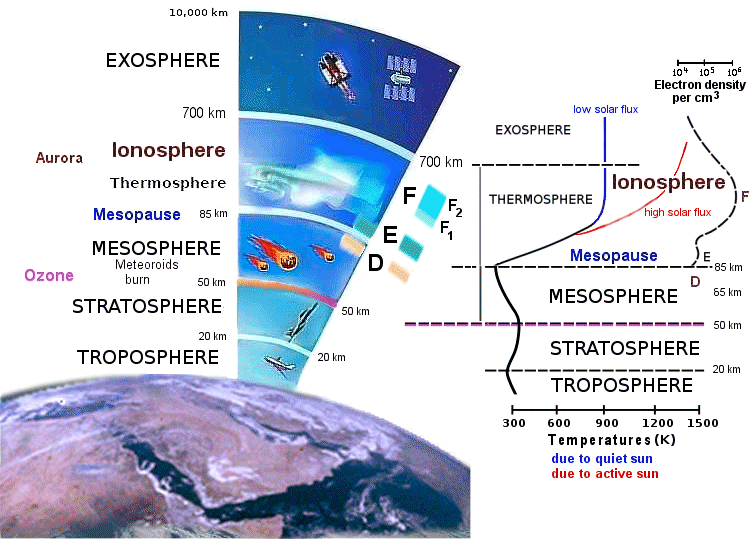
 How does the ionosphere affect HF Radio Propagation?Refractions; free electron density and Geomagnetic storms
How does the ionosphere affect HF Radio Propagation?Refractions; free electron density and Geomagnetic storms
The ionosphere is a region in the upper atmosphere, from about 50 km to about 700 km above the Earth's surface.
Solar EUV radiation creates the ionosphere (an ionized region) that bounces HF radio waves, thus allowing propagation beyond the horizon.
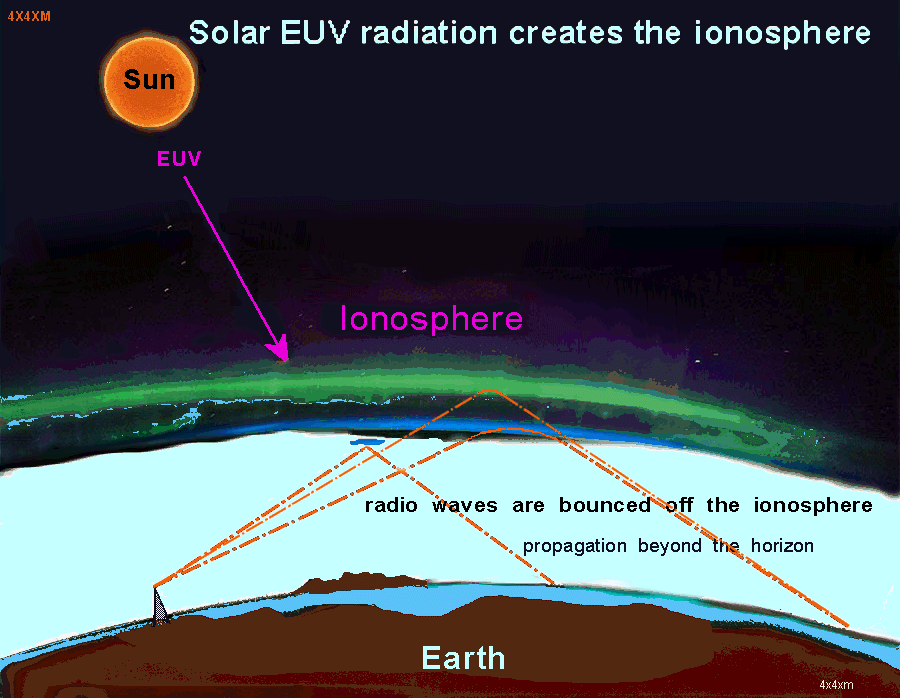
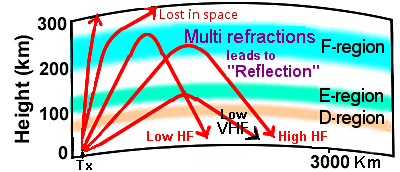
Figure 3: Multi-Refractions of radio waves in the ionosphere
The density of the atmosphere decreases with height. The intensity of EUV solar radiation is very high above the F-region, but there are few molecules to be ionized. Because of EUV absorption at the F and E-regions, the intensity of EUV radiation is very low below the E-region. As a result, there is an ionisation density peak at intermediate heights, as shown below.
The graph below is based on research from U.C.Berkeley Bob Brown, NM7M, Ph.D.↗ 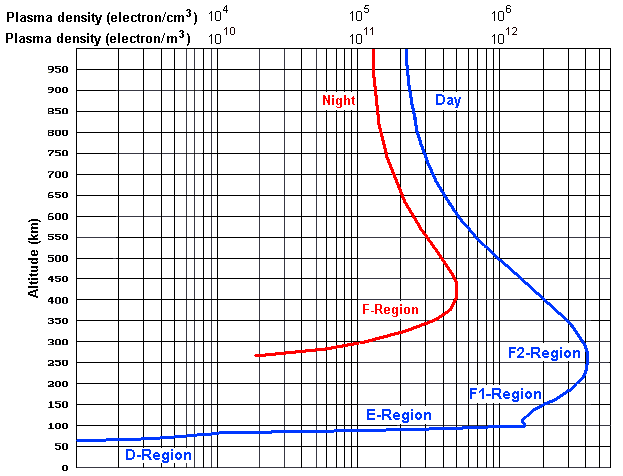
Figure 4: Typical Distributions of Free Electrons in the Ionosphere
The density and height of the ionospheric regions vary with the time of day, seasons, and geographical locations. All these impact the propagation of HF skywaves. For example, during the day, the density of free electrons is higher, which makes it more refractive to higher frequency radio waves. At night, the ionosphere becomes less dense and is more refractive to lower frequency radio waves. Similarly, the location of the transmitting and receiving stations can affect the angle at which the HF radio waves approach the ionosphere, which affects their refraction and propagation.
The Earth's atmosphere can also affect HF radio propagation in other ways. For example, atmospheric phenomena such as lighting storms and precipitation can cause attenuation or scattering of HF radio waves. Similarly, the Earth's Magnetic field can interact with the ionosphere and affect HF radio wave propagation during geomagnetic storms.
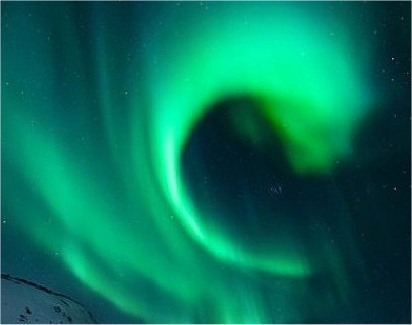
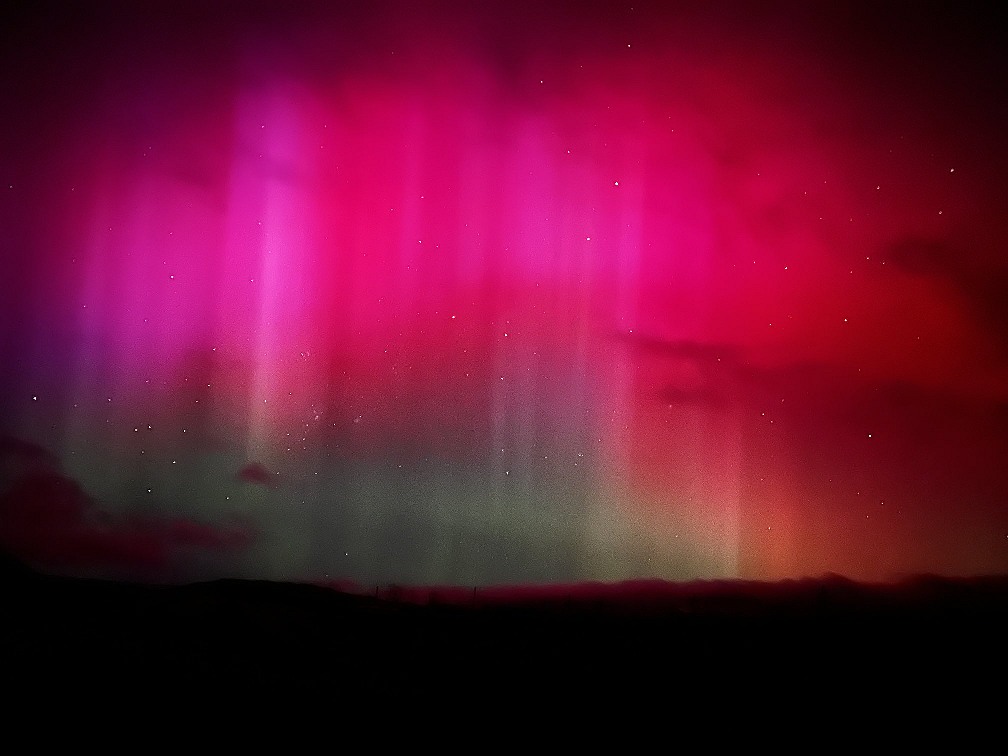
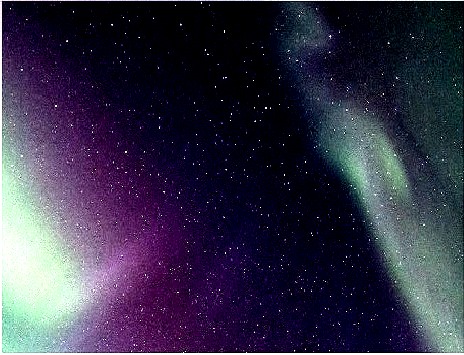
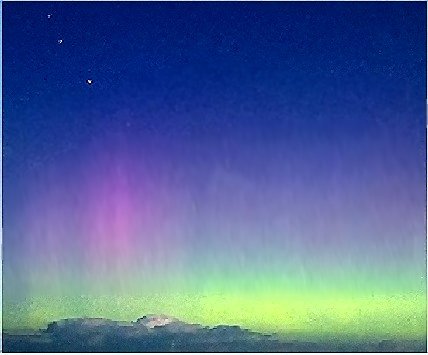
Figure 5: Illustration of Geomagnetic storms as seen from earth close to polar regions
(public domain images)
Overall, understanding the behavior of the Earth's atmosphere and its effect on the ionosphere is critical for optimizing HF radio communication and ensuring reliable transmission over long distances.
Read more about The role of the ionosphere. See also an index of terms for HF Radio propagation.
shows near-real-time indices and explains what the terms mean.
